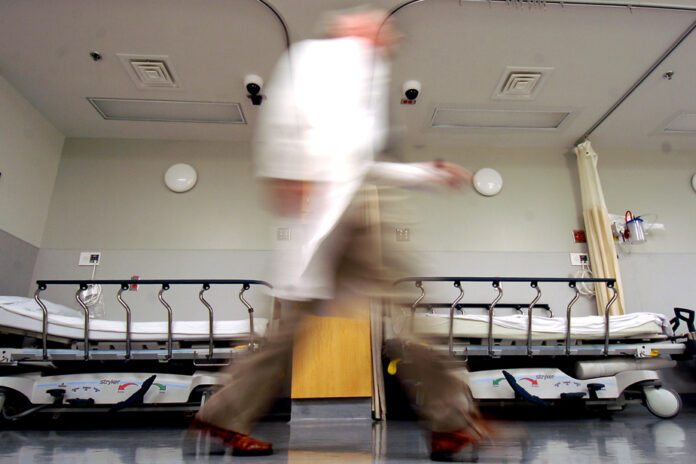Marc Tremblay argues that Quebec doctors would have a debt to Quebec society because of the public funding of their training and that they would be part of the problem in the health network. His letter will certainly have offended more than one doctor by his proposal to send an invoice to specialists to remind them of the cost of their training.
By emphasizing entirely the contribution of the state, the author does not recognize any autonomy for individuals who have followed these long studies. Instead, I suggest increasing the number of doctors trained to solve some of the problems that Mr. Tremblay raises.
Where Mr. Tremblay is more in line with most Quebecers is in lamenting that doctors have been able, in past negotiations, to threaten to leave Quebec to extract concessions. But if the threat of doctors leaving Quebec has so much weight, it is mainly because of the gap in the workforce that is created by any departure. This would be true even if physicians had assumed all of their training costs.
And then, requiring doctors to reimburse their training if they leave Quebec, as Mr. Tremblay suggests, could encourage some to do so, feeling devalued. We wouldn’t be any further ahead.
Only a few years ago, then-Minister of Health Gaétan Barrette cut medical admissions, fearing he was training “unemployed doctors.” In general, the government says it relies on models of medical staffing needs to set the number of places in medicine, supposedly making the question purely actuarial.
But it is misleading to estimate the numbers required and to think that we must train exactly this number of doctors. The estimation is necessarily imprecise, and the impact of an estimation error is asymmetrical. When too few doctors are trained, the population lacks services, and the doctors are overwhelmed. If we trained “too many”, the workload could be better distributed among doctors, and the government would obtain more bargaining power, which would allow, for example, to reduce their remuneration without fear of departures. These compensation savings can easily outweigh the cost of training “excess” physicians. And all this, without demanding a refund from anyone.
Since doctors’ unions have not always opposed the increase in admissions, this might not seem to diminish their bargaining power.
My proposal goes further by suggesting the eventual training of a number of doctors beyond the minimum numbers required. Such a strategy would require managing residency positions in a compatible way.
Of course, we do not create places in universities or internships in hospitals by snapping our fingers. But given the decrease in the number of places in the past, it is obvious that we have not always trained as many doctors as possible. Although I deplore the acerbic tone of Mr. Tremblay towards our doctors, I believe that it is legitimate to have discomfort with the balance of power created by the risk, real or perceived, of the exodus of doctors trained here. In the future, those who bemoan this bargaining power of doctors should suggest training more of them, rather than sending them a bill in the mail.


















